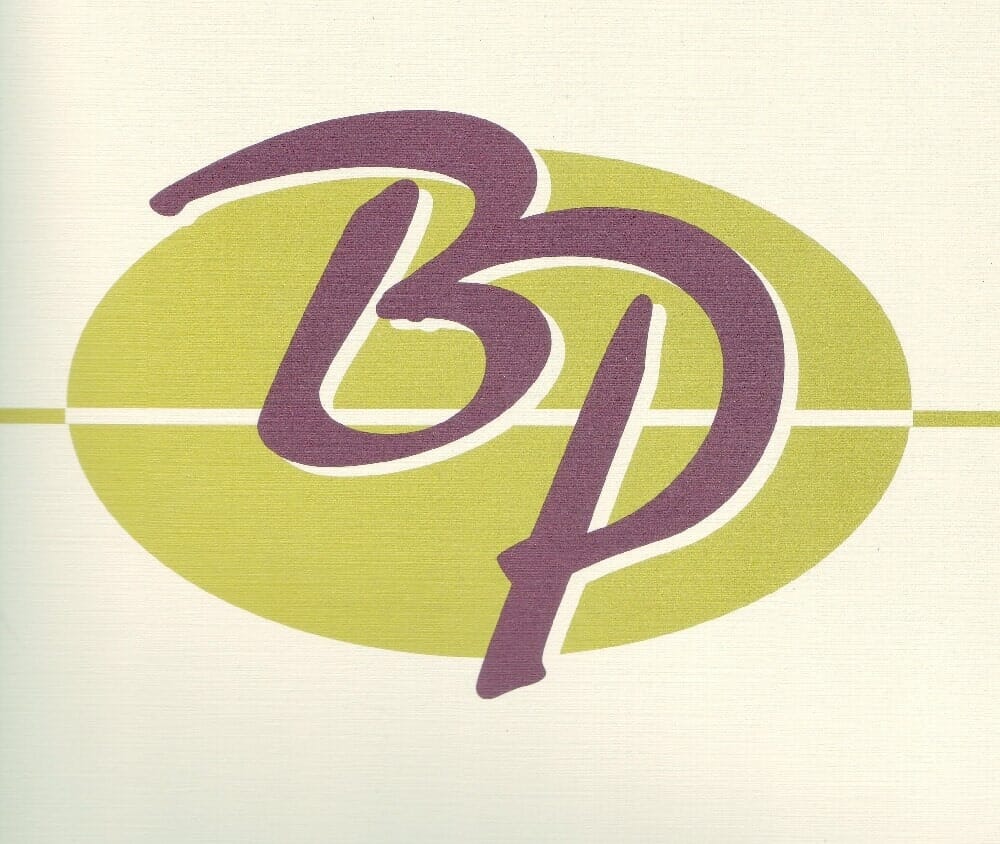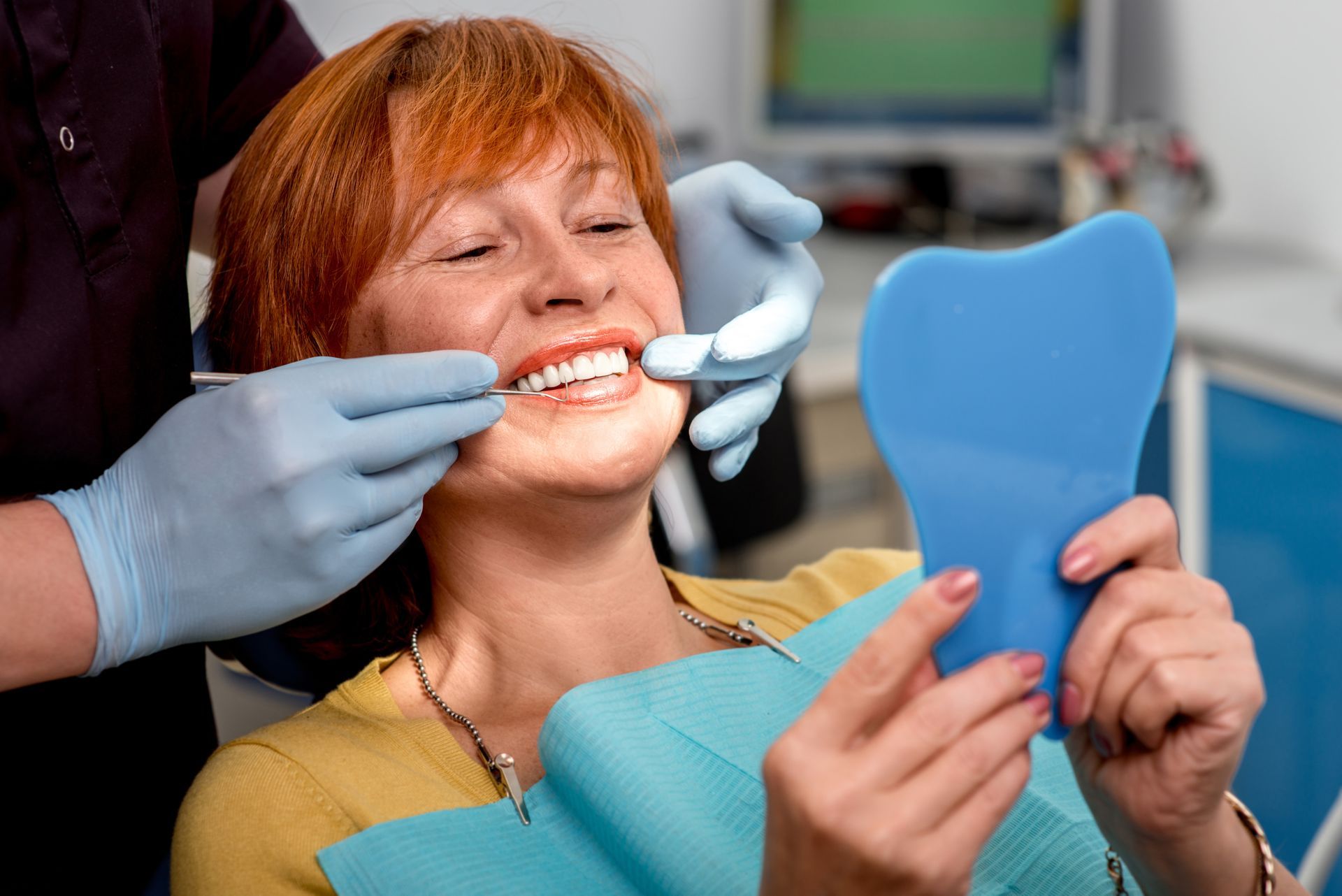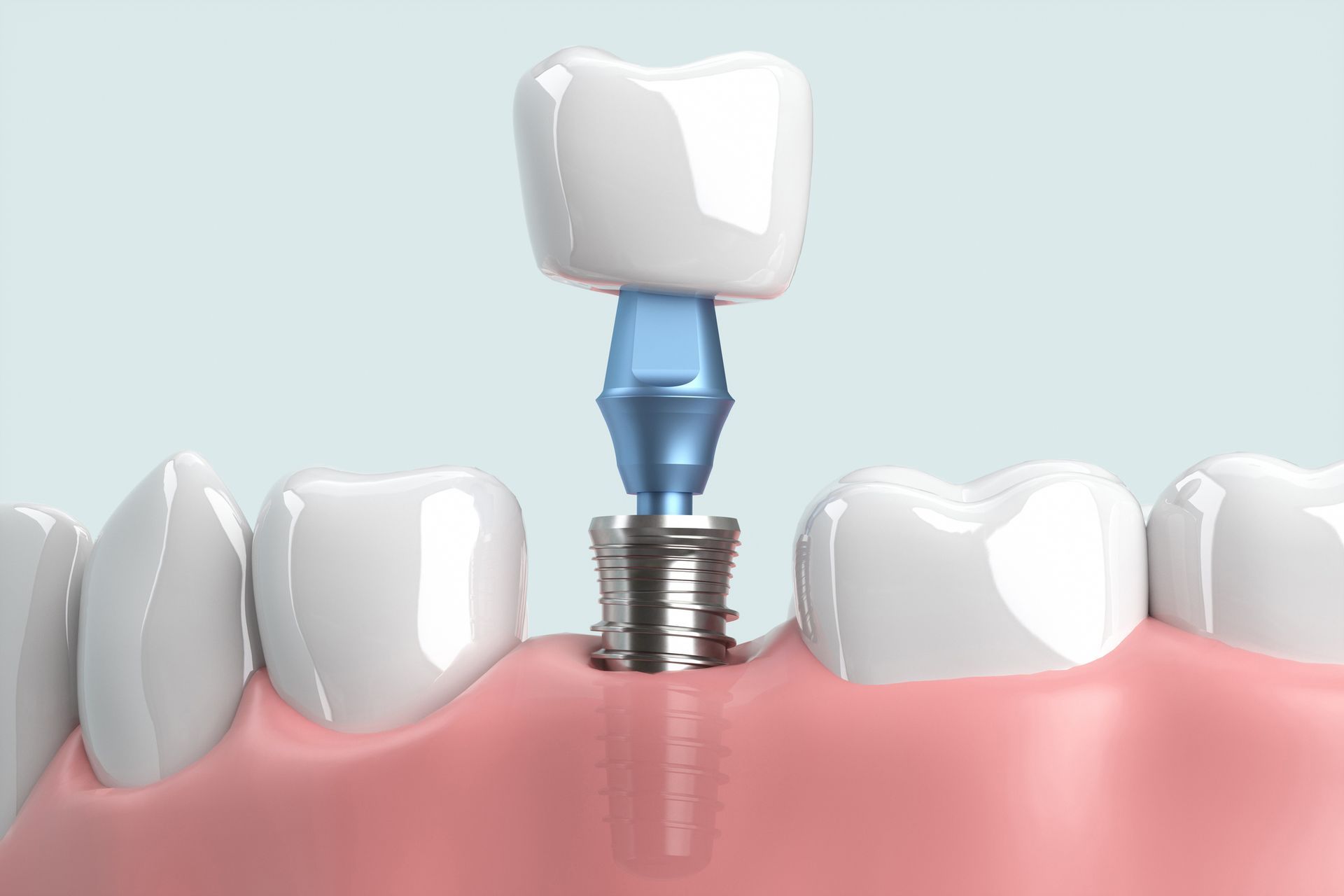A COMPLETE GUIDE TO PINHOLE TREATMENT FOR RECESSED GUMS
- By Admin
- •
- 05 Nov, 2020

Learn everything you need to know about pinhole treatment and how to help heal your gums and mouth through the procedure.
What Is Gum Recession?
Gum recession happens when the gums have moved back in the mouth, which exposes the tooth more. The reasons vary and may include brushing too hard, an oral injury, or too much exposure to sugary drinks. When the root of your tooth is exposed, the area is more sensitive to damage and possible issues like cavities or tooth decay.
Gum recession also creates gaps and pockets in your mouth, which become prone to bacteria. And the growth of bacteria could eventually lead to periodontal disease.
Gum recession is not something you should ignore because the problems will not go away, even with routine brushing or flossing. A dentist will often refer you to a periodontal specialist to complete a full mouth exam and focus on specific areas of the gums.
What Does Pinhole Treatment Do?
Essentially, a dentist will create a pinhole in the gums and work from the hole to pull collagen back over the teeth and reform the gums. When the collagen is moved from the area, the body will naturally make more collagen, forming stronger and thicker gums to replace the missing areas.
A dentist will know exactly how much to pull and ensure the shaping forms with the style of the mouth. They can perform the process for a single tooth or the whole mouth. Barring any physical trauma or excessive brushing directly on the gums, the pinhole treatment should be permanent without the need for changes or follow-up in the future.
How Is Pinhole Treatment Different From Grafting?
Grafting required a dentist to take other parts of the skin and tissue and use it to restore the gums. The process is invasive, requires stitches, and uses tools like scalpels to cut into the skin.
On the other hand, the pinhole treatment completely transforms the restorative process and doesn't put so much impact on your mouth. By using the gum tissue you already have, the dentist can save a lot of time and you do not need to heal other parts of the body.
Additionally, in many cases, the procedure is done while the patient remains awake. Some numbing cream or injections may be used to reduce pain, pressure, and discomfort during the process. And sensitive patients can request or consider anesthesia so they are not awake during the procedure.
What Is the Recovery Time?
Naturally, the lessened impact of the pinhole treatment will create a faster recovery time for the mouth than traditional grafting would. Patients will heal faster and can return to normal eating and drinking after shorter amounts of time.
However, the full healing time depends on the exact treatment. For example, the treatment for two teeth will heal faster than a whole set of teeth that need the treatment. Additionally, some dentists may request a follow-up appointment to check in on the gums and ensure the gums are healing correctly.
Mouth pain will typically fade away after a few days, though you may need some pain medication to help reduce the pain.
For more information on pinhole treatments, contact us at Bradley Piotrowski, DDS, MSD, LLC. We will consult with you and set up a pinhole treatment to help repair your gums.
AREAS WE SERVE
- Alva
- Ave Maria, Florida
- Bonita Springs, Florida
- Cape Coral, Florida
- Estero, Florida
- Fort Myers Beach, Florida
- Goodland, Florida
- Lehigh Acres
- Lely
- Marco Island, Florida
- Naples, Florida
- Saint James City, Florida
- Sanibel Island, Florida
- Vanderbilt Beach, Florida
AREAS WE SERVE
- Alva
- Fort Myers Beach, Florida
- Naples, Florida
- Ave Maria, Florida
- Goodland, Florida
- Saint James City, Florida
- Bonita Springs, Florida
- Lehigh Acres
- Sanibel Island, Florida
- Cape Coral, Florida
- Lely
- Vanderbilt Beach, Florida
- Estero, Florida
- Marco Island, Florida
This web site is not designed to, and does not, provide medical advice. all content ("content"), including text, graphics, images and information available on or through this web site are for general informational purposes only.
The content is not intended to be a substitute for professional medical advice, diagnosis or treatment. Never disregard professional medical advice, or delay in seeking it, because of something you have read on this web site. Never rely on information on this web site in place of seeking professional medical advice.
Bradley Piotrowski, DDS, MSD, LLC is not responsible or liable for any advice, course of treatment, diagnosis or any other information, services or products that you obtain through this site. You are encouraged to confer with your doctor with regard to information contained on or through this web site. After reading articles or other content from this web site, you are encouraged to review the information carefully with your professional healthcare provider.
CONTACT INFORMATION
Address: 1044 Castello Drive, Suite 202, Naples, FL 34103
Phone:
(239) 263-6003
Email: drbradpiotrowski@gmail.com
Business Hours:
- Mon - Thu
- -
- Friday
- Appointment Only
- Sat - Sun
- Closed













